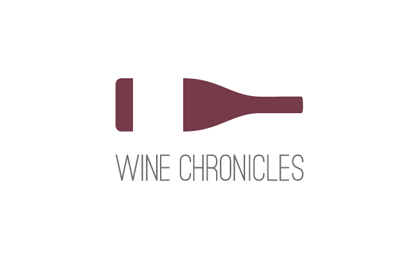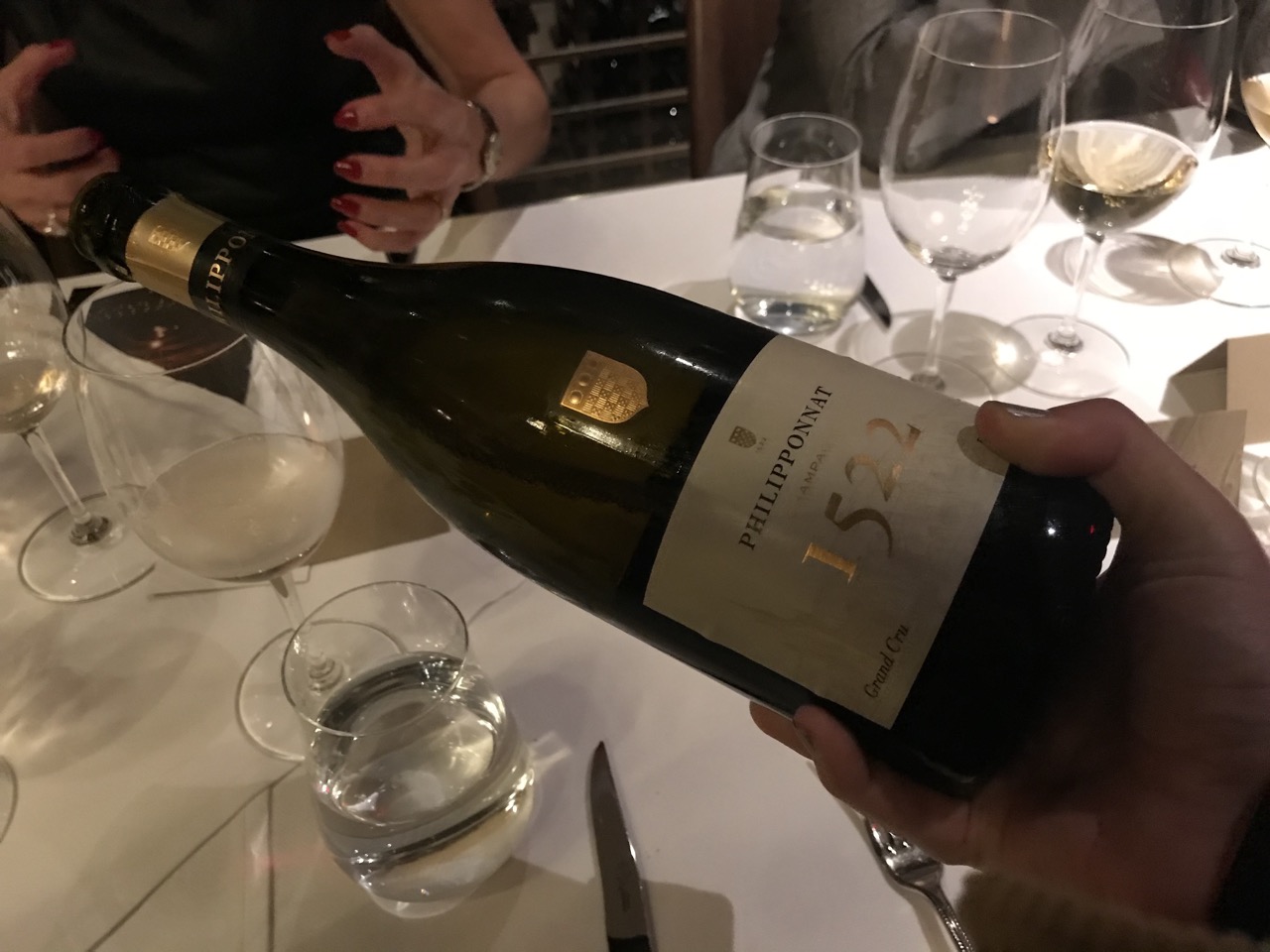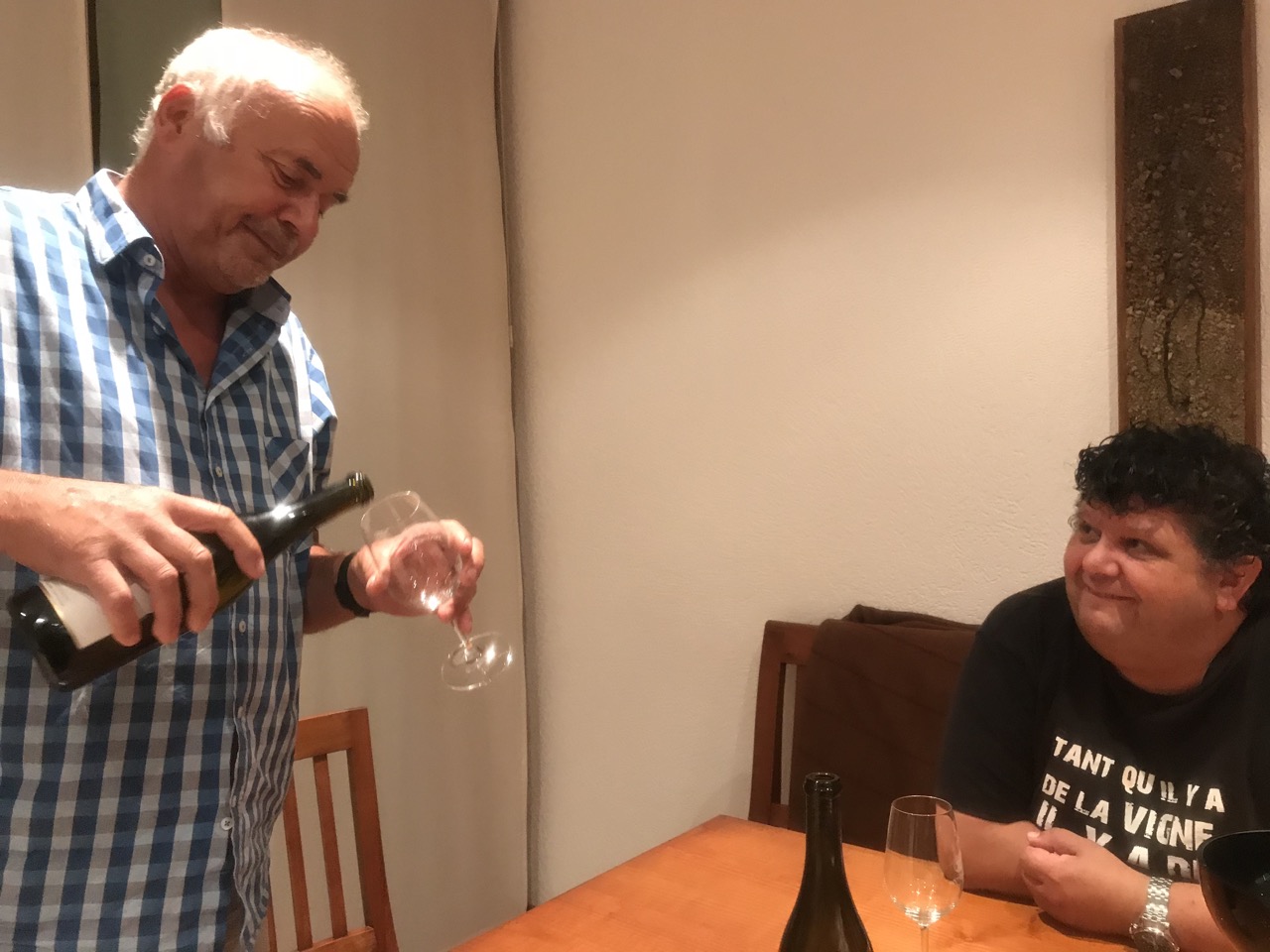From 1522 to 2018: Enjoying Philipponnat Champagne
Posted on November 9, 2018

Champagne evening at Mirabelle Restaurant in Washington D.C.
By Panos Kakaviatos for wine-chronicles.com
9 November 2018
When asked by Heidi Arnold of the famous Heart’s Delight Wine Auction here in Washington D.C. if I wanted to join a special Champagne dinner with Charles Philipponnat, I hesitated to reply for … not even a second.
Over the years, I have always enjoyed the Clos de Goisses cuvée of this famous Philipponnat Champagne house.
But I had not yet tried the “1522” bottling, which is made partly from grapes grown on vines on a plot that had been purchased by the Philipponnat family way back in… 1522, and which is still part of the Champagne house today.
A blend of 65% Pinot Noir and 35% Chardonnay, the Pinot Noir comes from that famous and very old plot purchase called “Le Léon” in Aÿ. The Chardonnay in the blend comes from vines at Mesnil-sur-Oger. Owner Charles Philipponnat inaugurated this wine only in 2000, and it was great to enjoy it with delicious roasted quail, stuffed with mushrooms, spinach, chestnut bisque and hazelnuts and bacon.
The quail was tender and tasty – and the wine matched it perfectly, as this 2007 vintage of “1522” conveyed richness yet fine acidity and bubbles, very elegant. Indeed, the wine’s freshness is preserved as a portion of the wines are vinified in wooden barrels without malolactic fermentation. Dosage is low at 4.25 grams per litre, which is just one third of the “conventional dosage” for a brut champagne. It is aged for eight years in bottle on the dead lees, which lends complexity.
About the venue and the people
This and other excellent bubblies were enjoyed by some 24 participants at a dinner gathering at Mirabelle Restaurant in downtown Washington D.C.
I had met restaurant director Jennifer Knowles at a wine dinner I organized at the famous Ripple restaurant in Washington D.C. a few years ago. Her grace and precision in describing each food that was paired with the wines impressed us all, as did the creative, refined cuisine of executive chef Keith Bombaugh, as you will read in further descriptions of his culinary work paired with Philipponnat wines below.
Judging top wines with oysters
Posted on November 6, 2018

#osyterriot2018 in Washington D.C.
By Panos Kakaviatos for wine-chronicles.com (top photo by Maria Denton)
6 November 2018
How do you sample an oyster?
You can’t really chew and spit, as you do with wine.
That was but one question I pondered, when asked to participate last night as a judge for #osyterriot2018. It was the 24th edition in Washington D.C. of judging which wine goes best with oysters.
Thanks to Maria Denton, who recently has taken on wine responsibilities for the top two grossing independent restaurants in the nation’s capital : the legendary (established in 1856) Old Ebbitt Grill and the more recent The Hamilton (once the sight of the long defunct Garfinckel’s department store).
I joined several other judges downstairs at the expansive Old Ebbit Grill, where we sat before a plate full of Kusshi oysters (conveniently small to taste) and 20 white wines. Read More
Pomerol 2016 from bottle wins big
Posted on November 4, 2018

Including brands at $35-$55 per bottle
(Bordeaux 2016 from bottle, part I)
4 November 2018
By Panos Kakaviatos for wine-chronicles.com
Writing about 2016 from bottle, let’s start with Pomerol, an appellation that is often better now in bottle than it was from barrel in April 2017. This small appellation of some 150 estates is not cheap, but the 2016 vintage seems to have lifted many boats, including less expensive $35- to $50-a-bottle wines.
2016 tends to have more acidity than 2015. The tannins seem more structured, too. The vintage conveys cooler blue fruit but not without Merlot charm, richness and body. Some wines exude dark fruit opulence, but not as obviously as they did in 2015 (and certainly less so than in 2009). With some exceptions, they are not as big and as bold as the 2010s, either. The most successful Pomerols in 2016 convey polish, fruit purity, structure and palate density, with long finishes marked by pleasing lift and tonicity.
Sounds good, right? Well, for the most part, it is!
Dear reader: just a reminder that to keep this site free, I appreciate subscribers. I travel to Bordeaux on a systematic basis – at least twice a year – and have gotten to know many of the industry players as well as producers quite well over the past 15 years now.
So, thanks for asking your friends to subscribe.
One other thing: I missed a few from bottle this time around, including Clinet, Evangile, Lafleur, Le Pin and Eglise Clinet. I will try to get to them in future. Read More
Assyrtiko: A Comet beyond Santorini
Posted on October 9, 2018

By Panos Kakaviatos for wine-chronicles.com
9 October 2018
In recent articles about Assyrtiko in Greece, in Wine Review Online and in Decanter, I focused on Santorini, the grape’s main island claim to fame. But, as Yiannis Karakasis MW reminded me over a marvelous lunch earlier this month just outside Athens, do not limit yourself to the volcanic island.
We found ourselves dining in a where-time-stops seaside town called Voula. Yiannis Papadakis, sales consultant for the Oenocosmos (that’s Greek for “wine people”), joined us. I met Papadakis for the first time over this lunch, although we have been Facebook friends, where we differed on who is the best rock drummer ever. For me, it is John Bonham and for Yiannis it is Keith Moon. Both were great to be sure.
Many thanks to Karakasis for treating us to lunch: Yet more proof of Filoxenia from Greece and Greeks. I owe you one, mate. He brought two wines, to boot, starting with the very tasty Tio Pepe Una Palma Fino. The Fino Sherry was selected from just three casks of six-year-old Tio Pepe, with a flor yeast veil, displaying golden hues. Bottled sans filtration or fining, this Sherry evinced an elegant nose and distinctly saline notes. Its 15.5 % alcohol was barely noticeable; it was refined in expression. Read More
Swiss wine visit
Posted on September 15, 2018

From the Alps to Lake Biel
By Panos Kakaviatos for wine-chronicles.com
15 September 2018
Greetings dear readers – and sorry for a long absence.
Looking for a new apartment here in Strasbourg, and my work for the Council of Europe, which will be taking me to Vienna, Austria ; Odessa, Ukraine and Athens, Greece in the next few weeks … And I may have been listening to too many podcasts when not working.
So, as we approach the final days of summer, I want to highlight a visit to Switzerland, last month, when I tasted some fine Swiss wines, thanks to friend and fellow Bordeaux wine critic Yves Beck.
I see Yves at every barrel tasting season in Bordeaux, where we had met a few years ago.
And thanks to Michaela Gabriel, a professional wine taster whom I meet regularly as a judge for the biennial Mundus Vini wine tastings in Germany, as she co-owns a fine winery in Switzerland.
Excellent Pinot Noir and better than usual Chasselas
But first let’s focus on a gorgeous sunny August morning near Neuchâtel, as I pulled into the driveway of Domaine Sainte-Sébaste in Saint-Blaise.
Yves drove up shortly afterwards, and we met with owner Jean-Pierre Kuntzer. He tends to 19 hectares of vines, after having taken over from his father since the mid 1980s. His grandparents owned a house with vineyards, but his parents Alice and Jean-Claude Kuntzer built the cellar in Saint-Blaise back in the 1950s.
The main grape variety for production is Pinot Noir, followed by Chasselas, Pinot Gris, Chardonnay, Sauvignon Blanc and Gewürztraminer.
Although we did not see any of the vines, it was great to view the vat room and to of course taste the wines.
If a tree fell in the forest ?
As with most all Swiss producers, his wines are mainly sold to fellow Swiss. And it begs the question: Would you know if a tree fell in a forest, if nobody was there?
The very best wine we tried was a special cuvée of Pinot Noir, the Clos de la Perrière Neuchâtel 2015, which could easily rival a fine village Burgundy of the Côte de Nuits. Even a premier cru. At €44 a bottle, you may think it pricey, but actually it is a great price/quality ratio. Read More
 Wine Chronicles
Wine Chronicles



Recent Comments